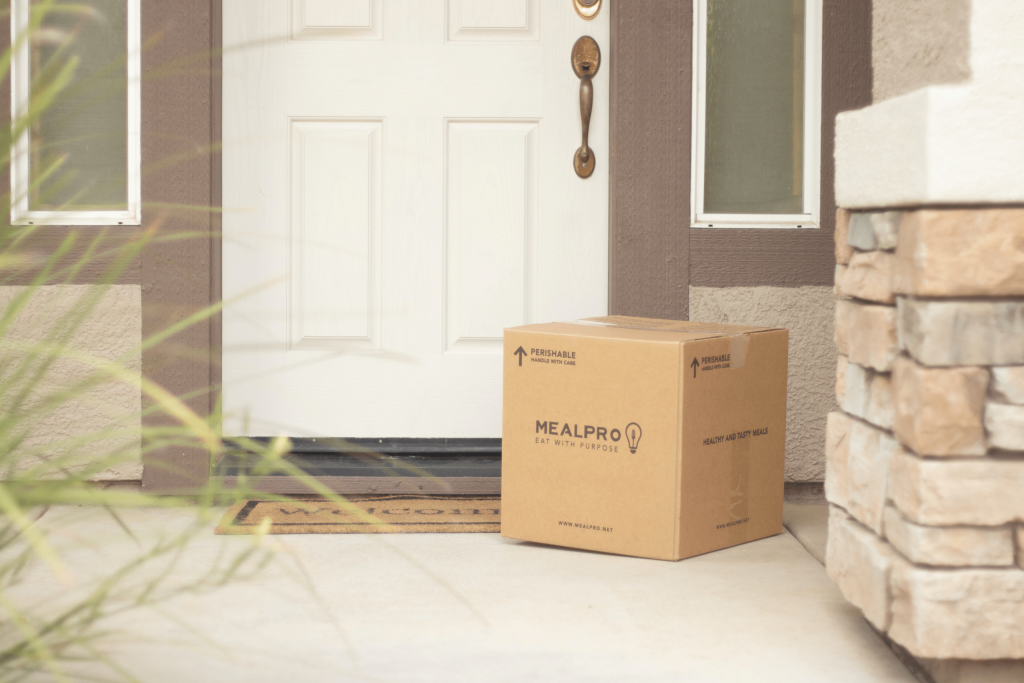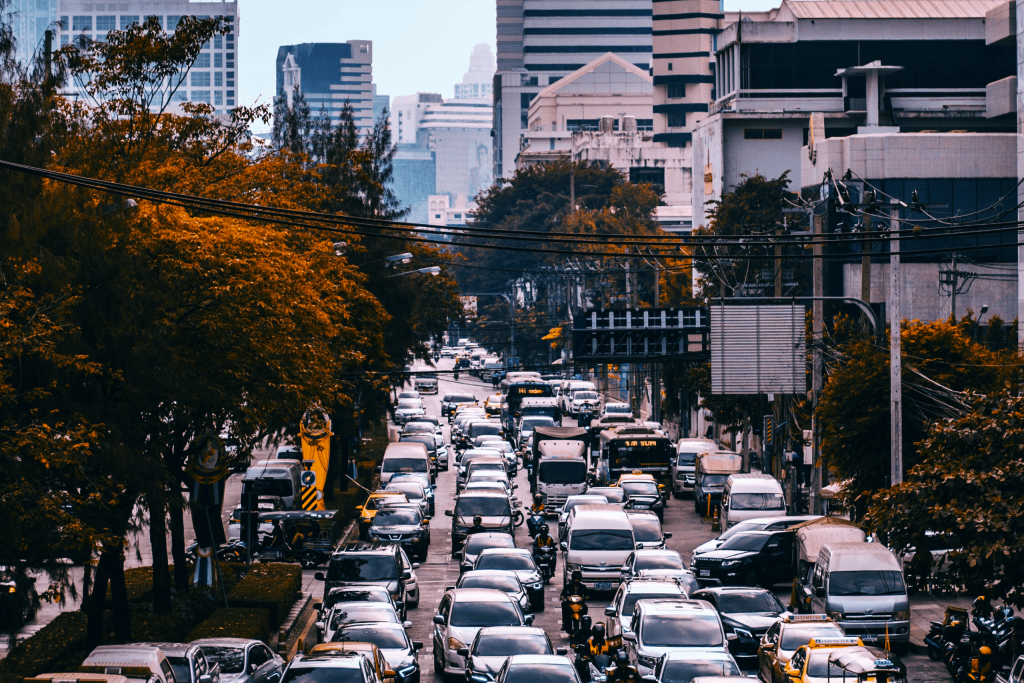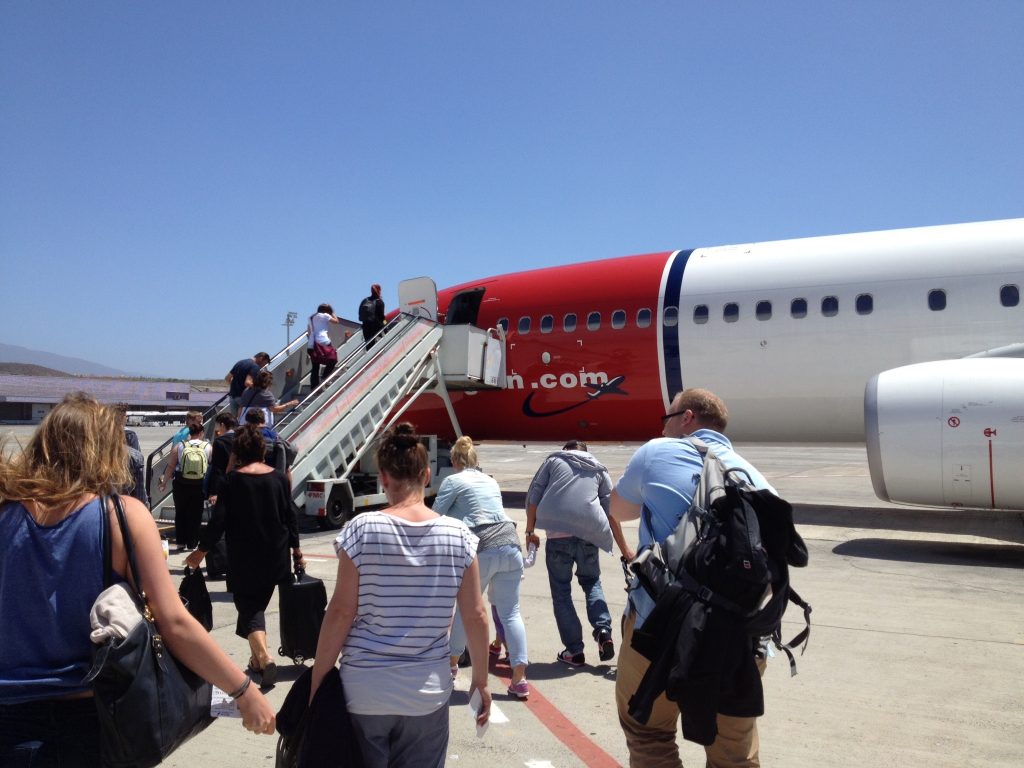Worldwide, more and more consumers are turning to e-commerce to satisfy their shopping needs. According to one December 2020 survey, a majority of US consumers want products that improve their day-to-day lives. They also want e-commerce companies to listen to their feedback and make them feel valued. But all of these demands are secondary compared to their most basic need: speedy order fulfillment and timely product delivery.
However, as e-commerce supply chains expand and become more complex, it’s not easy for e-commerce brands to satisfy this demand. Last-mile delivery is a particularly intractable problem that many brands struggle with.
Last mile delivery is the process of delivering a product to its final delivery destination. In e-commerce, every product goes on a long journey from the warehouse to the delivery truck to the customer’s doorstep. In this journey, the “last mile” is the point at which a package arrives at the buyer’s door.
So why is last-mile delivery one of the most challenging aspects of e-commerce supply chains?
And how can technology enable e-commerce brands to overcome these challenges?
Let’s take a look.
The Last Mile Problem
The goal of every e-commerce company is to deliver every package to every customer as quickly, accurately, and affordably as possible. But this doesn’t always happen due to problems during last-mile delivery. Last-mile delivery is the most challenging and time-consuming part of the shipping and delivery process in e-commerce because it typically involves multiple stops. More time on the road slows down the process and adds to delays, creating the “last mile problem.”
This problem emerges because, with e-commerce, it’s rarely about shipping a large number of products to a single location, but more about shipping smaller packages to multiple destinations. Consequently, there are numerous stops between the product leaving the warehouse and arriving in the customer’s hands. More stops mean more time-consuming complex routes. This fact along with increasing idle time and possible supply chain inefficiencies, add to delays. Needless to say, these delays affect customer satisfaction and create poor experiences that will reflect poorly on your brand. It may also increase customer churn and negatively impact your sales and revenues.
Last mile delivery is also the most expensive element of e-commerce shipping, with these costs accounting for 53% of total shipping costs. Further, many customers expect free shipping and are therefore unwilling to pay delivery fees. This forces e-commerce companies to shoulder this cost which can affect their profits and profitability.
To address the last-mile problem, you must optimize last-mile delivery for your e-commerce brand. Only then will you be able to avoid delayed deliveries, reduce operating costs, boost customer satisfaction, and increase profit margins. Last-mile delivery optimization will help you better plan deliveries, reduce route complexity, and manage your delivery fleet. It will also enable you to increase delivery capacity, improve shipping accuracy, and minimize failed deliveries. In short, you have a lot to gain from last-mile delivery optimization. And the best way to achieve this optimization is with technology.
Optimizing Last Mile Delivery with Technology
Technology will empower you to solve last-mile delivery challenges, ensure on-time delivery, and provide delightful customer experiences. Many software tools manage, control, and optimize last-mile logistics.
Collectively known as last-mile delivery software, these tools incorporate valuable features like real-time tracking, delivery scheduling, automated resource allocation, and driver routing to resolve delivery problems. The software provides advanced visibility that can help reduce delivery delays and logistics risks and improve delivery efficiency. Advanced software also incorporates auto alerts so you can automatically notify customers about delivery status, giving them real-time visibility into their orders and thus improving their satisfaction levels.
One type of last-mile delivery software is fleet management software. With capabilities like end-to-end route planning and real-time driver tracking, you can optimize your last-mile delivery fleet. The tool will send real-time information to drivers and show them the optimal delivery routes so they can complete deliveries on time with minimal idle time. Some tools include an auto-dispatch to simplify last-mile logistics, enable efficient resource allocation, and reduce the inefficiencies that typically drive up costs during the last-mile delivery process.
Delivery management software is another type of last-mile delivery software to identify the most efficient delivery routes in order to minimize delays and operational costs. The application enables dispatching teams to accurately track drivers, order information, route schedules, etc., during delivery runs. Further, they get order information in real-time at the final mile, so your company is protected if customers complain that they can’t find their packages after deliveries are completed.
There are many other technological innovations you can leverage to optimize your brand’s last-mile delivery operations. For example, warehouse management systems (WMS) provide a real-time view of inventory and enable asset tracking. The best WMS tools also simplify order fulfillment, billing, and returns processing, all of which go a long way toward optimizing last-mile delivery chains. You can also provide your drivers with GPS navigation apps so they can find their way even along complex routes without adding out-of-route miles that increase costs and decrease efficiency.
Conclusion
Last mile delivery is a crucial aspect of your e-commerce business so it’s vital to get it right. If you don’t, you will see increased costs, increased customer complaints, and a damaged brand reputation. If you’re not sure where to get started, contact Team Ergode.
We can help you identify the gaps in your last-mile delivery process and fix them through innovation, automation, and standardization. Our e-commerce tech stack incorporates multiple cutting-edge tools for fleet management, inventory management, and much more. Click here to talk to an e-commerce expert who can help you achieve your last-mile delivery goals.




